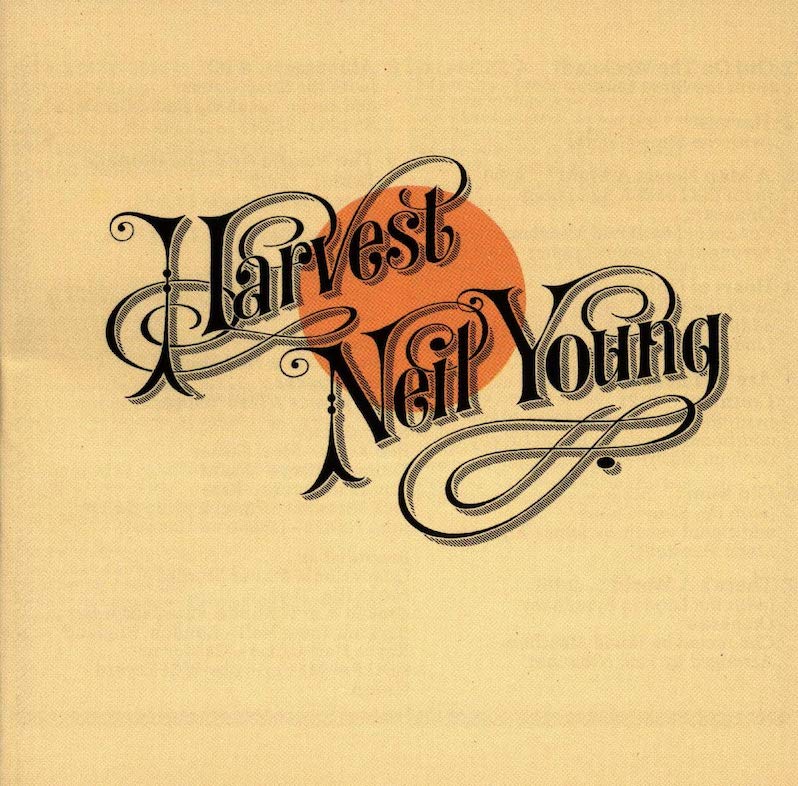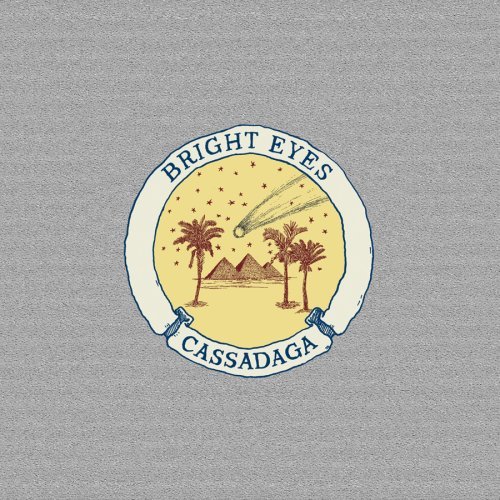Neil Young : Harvest

Between 1970 and 1971, Neil Young was riding a wave of acclaim from his performances on 1970’s After the Gold Rush as well as lending his talents to Crosby, Stills, Nash and Young’s Déjà Vu, both of which were among the best selling albums of the decade and considered to be classic long-players in the history of rock and roll. Needless to say, he was one of the most sought-after songwriters in the world. But by the second half of 1971 he was in a state of agonizing physical pain due a series of damaged discs in his back. His doctors told him that he faced the possibility of being confined to a wheelchair for the rest of his life if failed to get them removed. Most of Harvest was recorded in the period immediately following his operation, while Young was under sedation, forced to don a surgical back brace. Having recruited a group of Nashville country music studio musicians dubbed The Stray Gators, Young went to work on the album that was to become yet another focal point in his recording career.
Although Harvest has traditionally been labeled a county-tinged album, it is more than meets the eye (or in this case, ear) with a lot of songs that dealt with a man’s yearning for love. “Out on the Weekend” gives ode to newly single men, in need to find a woman on the weekend, with a gorgeous melancholy pedal steel twang. Young’s heartfelt voice almost reverts into a wall of sound that cascades the atmosphere of the title track. Any fan of Camper Van Beethoven will know that the title track to Harvest is the real sad lover’s waltz.
Young even brought in the world renowned London Symphony Orchestra to sit in on two of the album’s tracks. The symphonic compositions in the piano-led ballad of “A Man Needs A Maid” showcased a side of Young’s approach to singing that was so heartfelt and graceful, the likes of were not heard of since five years earlier on the Buffalo Springfield track “Learning to Fly.” The Symphony aims to satisfy once more on “There’s a World,” carrying a modulation that remained serene and epic all at once, as if it came straight from the score of a 1930s-era Cecil B. De Mille film.
The four-chord “Heart of Gold” is by far the most memorable song on the album as well as the one that touches you the most. The rhythmic flow in Young’s vocal rigor as well as the expression in his voice was so touching in a manner that would not be heard in one of his songs until 20 years later in 1992 with the song “From Hank to Hendrix”
But the true rustic country essence lies mostly in just three songs off of the album. The neo-ragtime tinged “Are You Ready for the Country” mixes in some electric guitar-fed bayou boogie. The docile banjo plucking in “Old Man” has Young singing lyrics tantamount to metaphorical poetry in “Old Man” as he is joined by guest singers James Taylor and Linda Ronstadt who provide the backing vocals during the chorus. The sort of “sequel to Southern Man” that is “Alabama” is the most rocking track on the album where Young again addresses racial prejudice with the sweet harmonies of David Crosby and Stephen Stills.
Although Rolling Stone used the words “weariest cliché” to describe Harvest, it managed to be the top selling album of 1972, hitting number one on both sides of the pond. Neil Young has dealt with his fair shares of trials and tribulations in his life but he had shown the world on Harvest as well as throughout his recording tenure, that he is indeed a survivor. Neil Young is the rare rock star/songwriter whose integrity hasn’t diminished with age.
Label: Reprise
Year: 2021
Similar Albums:




